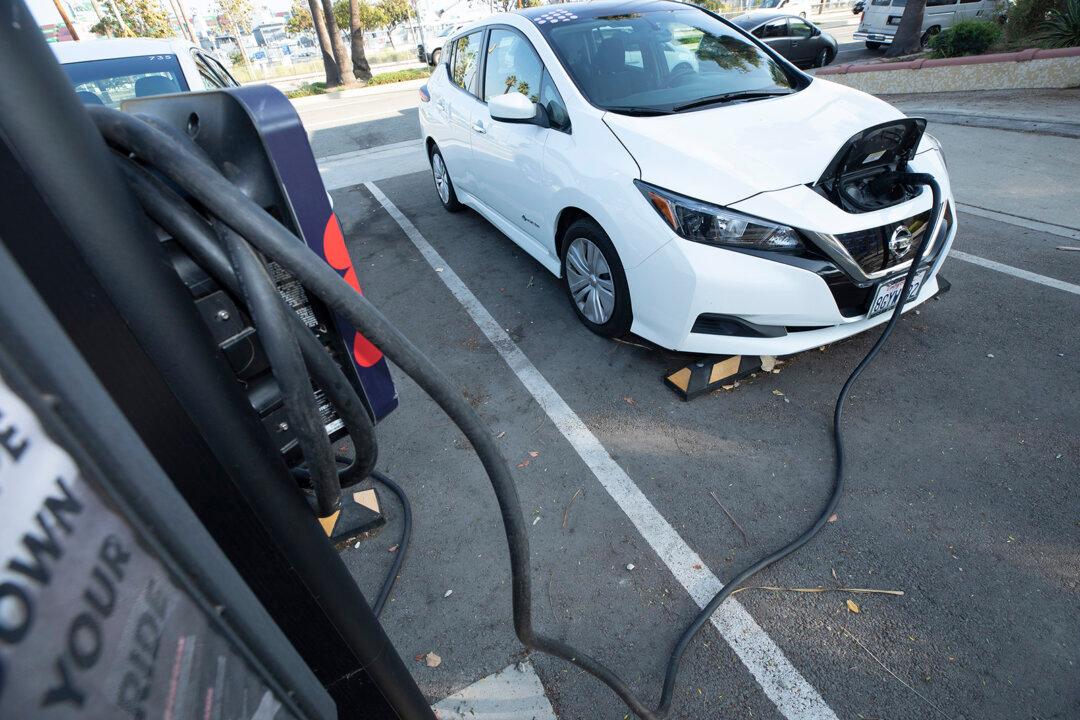The number of new, gas-powered vehicles for sale in Oregon will dwindle over the next 12 years as new environmental regulations ramp up to full enforcement.
Oregon’s Environmental Quality Commission agreed Monday to require 100 percent of new, light-duty vehicle sales in Oregon to be zero-emission by the 2035 model year.





